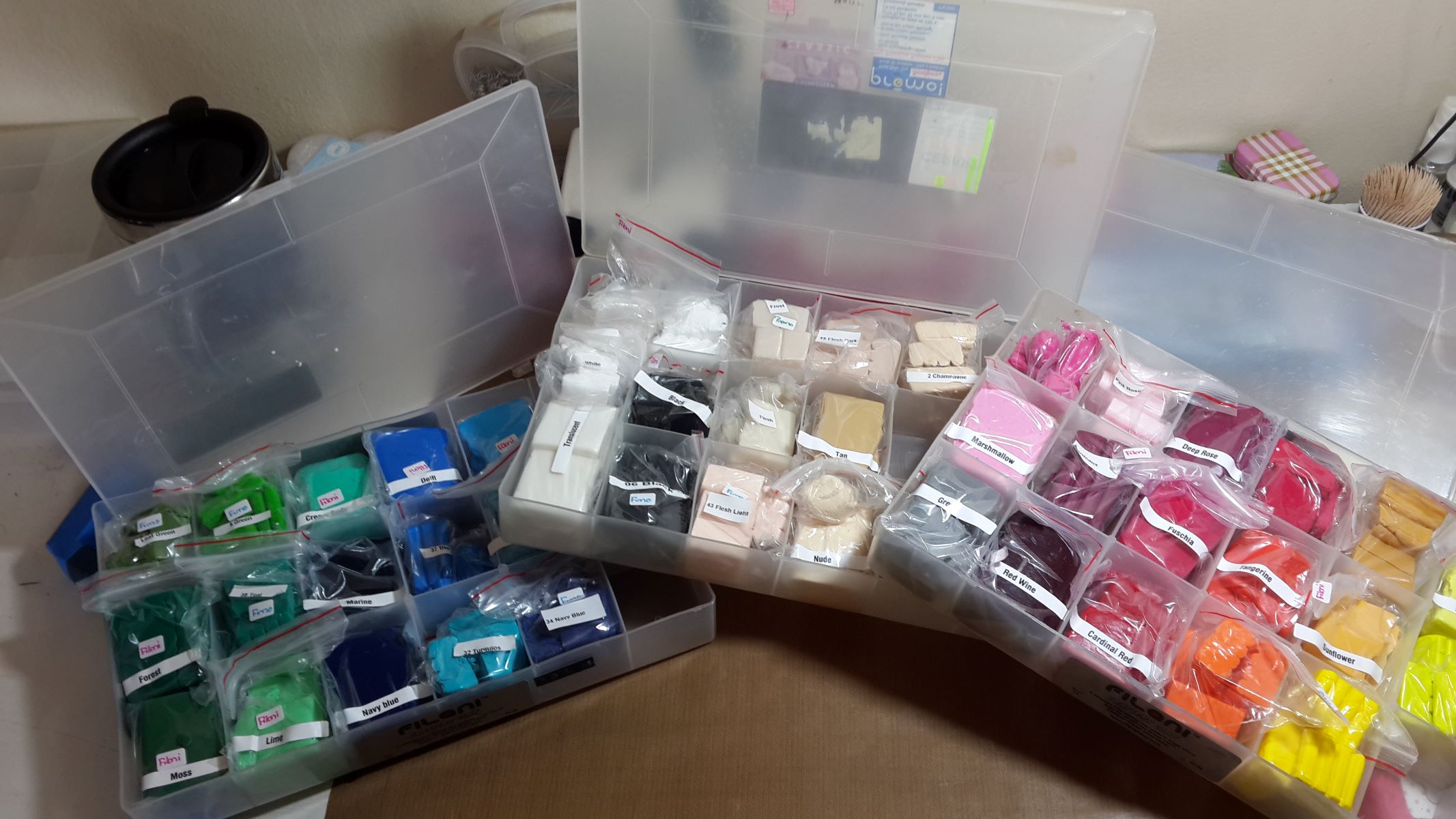

Articles
How To Store Opened Polymer Clay
Modified: February 23, 2024
Learn the best techniques for storing opened polymer clay in this informative article. Keep your clay fresh and ready for your next project.
(Many of the links in this article redirect to a specific reviewed product. Your purchase of these products through affiliate links helps to generate commission for Storables.com, at no extra cost. Learn more)
Introduction
Polymer clay is a versatile and popular material used by artists and crafters for various projects. Whether you’re creating intricate jewelry pieces, unique sculptures, or vibrant home decor items, proper storage of opened polymer clay is essential to ensure its longevity and quality.
When polymer clay is exposed to air, it can become hard and difficult to work with. To prevent this, it’s crucial to store it correctly to maintain its pliability, texture, and color.
In this article, we’ll explore the best practices for storing opened polymer clay, including choosing the right container, avoiding excessive heat, preventing dust contamination, protecting it from sunlight, maintaining ideal temperature and humidity levels, using protective wraps or sealed bags, and organizing your clay packages.
By following these storage techniques, you’ll be able to prolong the life of your polymer clay and ensure that it’s always ready to use whenever inspiration strikes.
Key Takeaways:
- Proper storage of opened polymer clay is crucial for maintaining its pliability and quality. Choose airtight containers, avoid heat exposure, and prevent dust contamination to ensure your clay remains ready for creative projects.
- Label and organize your polymer clay packages to streamline your creative process. Use color coding, brand identification, and storage containers with dividers to easily locate and select the perfect clay for your projects.
Read more: How To Store Open Polymer Clay
Proper Storage Techniques
To maximize the lifespan and usability of your opened polymer clay, it’s crucial to adopt proper storage techniques. Here are some essential steps to follow:
- Choose the Right Container: When storing opened polymer clay, it’s important to use an airtight container to prevent air exposure. You can utilize plastic containers with tight-fitting lids, glass jars, or ziplock bags. Make sure the container is clean and free of any dust or debris.
- Avoid Exposure to Heat: Polymer clay is sensitive to high temperatures, which can cause it to cure prematurely or become brittle. Avoid storing polymer clay near heat sources such as radiators, ovens, or direct sunlight. A cool and stable temperature is ideal for preserving the clay’s quality.
- Prevent Dust and Debris Contamination: Dust and debris can easily stick to polymer clay and affect its texture and appearance. Before storing your clay, ensure that your workspace is clean and clear of any particles. Additionally, cover your clay with a clean cloth or tissue to prevent any external contaminants from settling on the surface.
- Keep Polymer Clay Away from Direct Sunlight: Ultraviolet (UV) rays from sunlight can cause polymer clay to discolor and become brittle over time. Store your clay in a dark or shaded area to protect it from UV exposure. If storing in a clear container, consider covering it with a cloth or wrapping it in aluminum foil to provide an extra layer of protection.
- Maintain Consistent Temperature and Humidity Levels: Fluctuations in temperature and humidity can impact the consistency and workability of polymer clay. It’s best to store the clay in a room with stable temperature and humidity levels, away from extreme conditions. If your storage area is prone to humidity, consider placing a desiccant packet in the container to absorb excess moisture.
- Use Protective Wraps or Sealed Bags: For added protection, you can wrap your clay blocks or items in plastic wraps or place them in sealed bags. This will prevent the clay from drying out or absorbing moisture from the environment. It’s important to remove any air from the wrap or bag before sealing it to maintain a tight seal.
- Labeling and Organizing Clay Packages: To easily identify your clay colors and brands, it’s helpful to label each package or container. You can use markers, labels, or color-coded stickers to differentiate between different types of clay. Additionally, organizing your clay packages based on color or brand will save you time and frustration when searching for specific materials.
By implementing these proper storage techniques, you’ll ensure that your opened polymer clay retains its quality, pliability, and vibrant colors for an extended period. This will enable you to create stunning artwork without any limitations caused by improperly stored clay.
Choosing the Right Container
When it comes to storing opened polymer clay, selecting the right container is crucial for maintaining its freshness and quality. Here are some factors to consider when choosing the container for your clay:
- Airtightness: To prevent air exposure and keep your clay soft and workable, opt for containers with airtight seals. Plastic containers with tight-fitting lids, glass jars with rubber seals, or ziplock bags are excellent choices. Ensure that the container can be securely closed to create a tight seal.
- Size: Consider the size of your clay blocks or items when choosing a container. Select one that provides enough space to comfortably fit your clay without excessive squeezing or bending. This will help prevent any distortion or damage to the clay during storage.
- Durability: Look for containers that are durable and sturdy enough to protect your clay from accidental bumps or drops. Plastic containers made from thick, durable materials or glass jars with thick walls are ideal for providing adequate protection.
- Transparency: Transparent containers are advantageous as they allow you to see the contents without opening them. This can be helpful when you need to quickly locate specific colors or brands of clay. However, if the container is transparent, ensure it is kept in a dark or shaded area to protect the clay from UV exposure.
- Stackability: If you have limited storage space, consider containers that are stackable. This will help maximize vertical space and keep your workspace organized. Ensure that the containers are stable and can securely stack on top of each other without the risk of collapsing or tipping over.
It’s important to note that while plastic containers and ziplock bags are commonly used for polymer clay storage, they can sometimes retain a slight odor that may transfer to the clay. If you notice any odors, you can let the clay sit outside of the container for a short period to allow the smell to dissipate before use.
By carefully considering these factors and choosing the right container for your opened polymer clay, you’ll be able to ensure its longevity and maintain its quality for future projects. Remember to clean the container thoroughly before using it to remove any dust or debris that may affect the clay.
Avoiding Exposure to Heat
One critical aspect of proper storage for opened polymer clay is keeping it away from excessive heat. Heat can cause the clay to cure prematurely, become brittle, or even melt, rendering it unusable. Here are some essential tips to avoid exposing polymer clay to heat:
- Choose a Cool Storage Space: Find a storage area that maintains a cool temperature. Avoid storing polymer clay near heat sources such as radiators, ovens, or direct sunlight. The ideal temperature for polymer clay storage is around 68 to 72 degrees Fahrenheit (20 to 22 degrees Celsius).
- Avoid Storage in Vehicles: It’s crucial not to store polymer clay in vehicles, especially during hot summer months. Cars can quickly heat up, reaching extreme temperatures that can cause the clay to soften or melt. Instead, opt for an indoor storage space with temperature control.
- Do Not Use Hot Tools Near Clay: When working with polymer clay, avoid using hot tools like hairdryers or heat guns nearby. The heat generated from these tools can cause the clay to cure too quickly, resulting in a less pliable and workable texture.
- Avoid Exposing Clay to Sunlight: Ultraviolet (UV) rays from direct sunlight can also generate heat and cause polymer clay to become brittle or change in color over time. Therefore, it’s essential to store the clay in a dark or shaded area, away from any direct sunlight exposure.
- Consider Refrigeration: While not necessary for regular storage, refrigeration can be an option if you live in a particularly hot climate or during the summer months. However, take caution when removing the clay from the refrigerator, as condensation can form on the surface. Allow the clay to return to room temperature before using it to avoid moisture-related issues.
- Store Away from Heat-Generating Appliances: In addition to direct heat sources, keep your opened polymer clay away from heat-generating appliances such as ovens, stovetops, and space heaters. The heat emitted from these appliances can affect the surrounding environment’s temperature, potentially impacting the quality of the clay.
By following these precautions and avoiding exposure to heat, you can preserve the pliability, texture, and workability of your opened polymer clay for extended periods of time. This ensures that your clay remains in optimum condition, ready to be transformed into beautiful creations whenever inspiration strikes.
Preventing Dust and Debris Contamination
When it comes to storing opened polymer clay, preventing dust and debris contamination is essential to maintain its quality and usability. Dust particles and debris can easily adhere to the clay’s surface, affecting its texture and appearance. Here are some tips to prevent dust and debris contamination:
- Clean Your Workspace: Before storing your polymer clay, make sure to clean your workspace thoroughly. Remove any dust, lint, or debris from the surface where you’ll be working, as well as from the surrounding area. A clean workspace will minimize the risk of external contaminants coming into contact with your clay.
- Use Protective Coverings: When storing your opened polymer clay, consider covering each piece or block with a clean cloth or tissue. This layer acts as a barrier, preventing dust particles from settling on the clay’s surface. Choose materials that are lint-free to avoid leaving any fibers or residue on the clay.
- Close Containers Properly: Ensure that the containers you use for storing your polymer clay have tight-fitting lids or closures. This will create a seal that prevents dust and debris from entering the container and coming into contact with the clay. Double-check that the lids are securely closed to maintain the clay’s cleanliness.
- Work in a Controlled Environment: When working with polymer clay, try to create a controlled environment with as little dust and debris as possible. Close doors and windows to minimize airflow, which can carry dust particles. Consider using air purifiers or fans with air filters to further reduce airborne contaminants in the workspace.
- Avoid Working Near Shedding Materials: Be mindful of the materials you work with in your workspace. Some materials, such as fabrics or certain types of paper, may shed fibers or particles that can easily stick to the clay. Choose materials that are clean and unlikely to leave behind any residue or debris.
- Remove Contaminated Layers: If you notice any dust or debris on the surface of your polymer clay, gently remove it before working with the clay. You can use a soft brush or lightly dab with a piece of clean clay to pick up any particles. This will help maintain the clay’s smooth texture and prevent contaminants from transferring to your final creations.
By implementing these preventive measures, you can minimize the risk of dust and debris contamination on your opened polymer clay. This will ensure that your clay remains clean, fresh, and ready to use whenever you’re ready to unleash your creative talents.
Store opened polymer clay in an airtight container or resealable plastic bag to prevent it from drying out. Keep it in a cool, dark place away from direct sunlight and heat sources.
Read more: How To Store Polymer Clay After Opening
Keeping Polymer Clay Away from Direct Sunlight
Protecting polymer clay from direct sunlight is crucial for preserving its color, texture, and overall quality. Sunlight, particularly ultraviolet (UV) rays, can cause polymer clay to undergo unwanted changes, such as discoloration, brittleness, and even melting. Here are some important tips to keep polymer clay away from direct sunlight:
- Dark or Shaded Storage Area: Store your polymer clay in a dark or shaded area of your workspace or storage room. Sunlight can be especially harsh during peak hours of the day, so choose a location that is shielded from direct sunlight throughout the day.
- Use Light-Blocking Materials: If you store your polymer clay in transparent containers, consider covering the containers with light-blocking materials. Blankets, cloths, or aluminum foil can be used to create a protective layer and shield the clay from UV rays. This added protection will help maintain the clay’s color and prevent any long-term damage caused by sunlight exposure.
- Avoid Displaying Clay Creations in Sunlit Areas: When showcasing your polymer clay creations, avoid placing them in areas that receive direct sunlight. This applies to both indoor and outdoor displays. Direct sunlight can fade the colors and weaken the structure of the clay over time, leading to less vibrant and less durable pieces.
- Consider UV-Blocking Window Film: If your workspace or storage area has windows that allow direct sunlight to enter, consider applying UV-blocking window film. This film helps filter out harmful UV rays and protects your clay, as well as other materials and objects, from sun damage.
- Rotate Your Clay Collection Regularly: If you have a collection of different polymer clay colors, rotate the pieces regularly. By alternating which pieces are exposed to light, you can ensure that no single item is constantly exposed to direct sunlight. This helps maintain color consistency among your clay creations.
- Avoid Leaving Clay in a Hot Car: During transportation, it’s essential to avoid leaving polymer clay in a car exposed to direct sunlight. Cars can heat up quickly, creating high temperatures that can soften or even melt the clay. Always take your clay with you or store it in a shaded, cool area to protect it from extreme heat.
By taking these precautions and keeping your polymer clay away from direct sunlight, you can preserve its vibrant colors, texture, and overall quality. This ensures that your clay remains in optimal condition, ready for your creative projects and ensuring long-lasting enjoyment of your polymer clay creations.
Maintaining Consistent Temperature and Humidity Levels
Consistency in temperature and humidity is essential for maintaining the quality of polymer clay. Fluctuations in these factors can affect the clay’s texture, pliability, and workability. Here are some tips for maintaining consistent temperature and humidity levels:
- Choose a Stable Storage Area: Select a storage location that maintains consistent temperature and humidity levels. Avoid areas that are prone to extreme temperature changes or high humidity, such as attics, garages, or basements. A temperature-controlled room or closet is ideal for storing polymer clay.
- Avoid Areas with High Humidity: Polymer clay is highly susceptible to absorbing moisture from the surrounding environment, which can make it soft and difficult to work with. Ensure that the storage area has low humidity levels, ideally between 40% and 60% relative humidity.
- Use a Hygrometer: To monitor humidity levels, consider using a hygrometer. This device measures and displays the relative humidity in the air. Place the hygrometer in your storage area to regularly check the humidity levels and make adjustments if necessary.
- Control Temperature Fluctuations: Rapid changes in temperature can cause polymer clay to expand and contract, leading to cracks or warping. Keep the storage area at a consistent temperature, ideally between 68 to 72 degrees Fahrenheit (20 to 22 degrees Celsius), to minimize thermal stress on the clay.
- Use Desiccant Packets: Desiccant packets can help absorb excess moisture in the storage area and maintain a stable humidity level. Place a couple of desiccant packets in the container holding your polymer clay to prevent the clay from becoming soft or sticky due to high humidity.
- Consider a Dehumidifier or Humidifier: If the climate in your area is consistently humid or dry, you may need to use a dehumidifier or humidifier to regulate the moisture levels in the room. This will help ensure a stable environment for your polymer clay storage.
By paying attention to temperature and humidity levels, you can significantly prolong the shelf life of your polymer clay and maintain its desired consistency. Consistency in these environmental factors will make it easier for you to work with the clay and achieve the desired results in your creative projects.+
Using Protective Wraps or Sealed Bags
Protective wraps or sealed bags are valuable tools for keeping your opened polymer clay in optimal condition. They provide an extra layer of protection against air exposure, moisture, and contaminants. Here’s how you can use protective wraps or sealed bags effectively:
- Individual Wrapping: Wrap each block or piece of polymer clay individually. This helps prevent them from sticking to each other and allows for easy identification when selecting the desired color or brand for your projects. Use plastic wraps, such as cling film or plastic sandwich bags, to wrap each piece tightly.
- Airtight Sealing: Seal the wrapped clay tightly to create an airtight environment. Ensure that no air is trapped inside the wrap or bag. You can use clips, twist ties, or resealable plastic bags to securely seal the wrapping. This will prevent air from reaching the clay and causing it to harden prematurely.
- Vacuum Sealing: Consider vacuum sealing your polymer clay if you have multiple blocks or large quantities. Vacuum sealing removes air from the packaging, providing the utmost protection and extending the clay’s shelf life. This method is particularly useful if you plan to store the clay for an extended period or if you live in a humid environment.
- Moisture Absorbers: Place moisture absorbers, such as silica gel packets, with your wrapped clay to help control humidity levels and prevent moisture absorption. These packets absorb excess moisture from the surrounding environment, keeping the clay in a pristine condition. Just ensure the packets do not come into direct contact with the clay.
- Storage Container: Once the clay is wrapped and sealed, place the individual pieces or blocks in a suitable storage container. Choose a container that is clean, airtight, and spacious enough to accommodate the wrapped clay without excessive compression. Label the container if necessary to easily identify the contents.
- Storage Location: Store the wrapped clay in a cool and dark area, away from direct sunlight and fluctuations in temperature and humidity. This will help maintain the clay’s freshness and quality over time. If storing in a see-through container, ensure it is located in a shaded or dark part of the room to minimize exposure to light.
Using protective wraps or sealed bags is an effective method for preserving the pliability and extending the usability of your opened polymer clay. By creating an airtight and protected environment, you can safeguard your clay from air exposure, moisture, and contaminants, ensuring that it remains ready for your future creative endeavors.
Labeling and Organizing Clay Packages
Labeling and organizing your clay packages is crucial for easy identification and efficient use of your polymer clay collection. Properly labeling and organizing the packages will save you time and frustration when searching for specific colors or brands. Here’s how you can effectively label and organize your clay packages:
- Color Coding: Assign a specific color code system to your polymer clay collection. Use colored stickers or markers to mark each package with a unique color or color combination. This will allow you to quickly identify the colors you need for your projects without having to read individual labels.
- Brand Identification: If you have polymer clay from different brands, consider labeling each package with the brand name or logo. This will help you identify the brand you prefer to work with and ensure consistency in your creations. You can use printed labels, stickers, or marker pens to mark the packages accordingly.
- Labeling Clay Types: If you work with different types of polymer clay, such as translucent, metallic, or glow-in-the-dark, label each package with the specific clay type. This will prevent mix-ups and confusion when selecting the clay for specific projects. It’s helpful to include any relevant information about the clay type, such as its characteristics or special handling instructions.
- Indicating Clay Condition: Note the condition of the clay on each package label. Indicate whether the clay is fresh, partially used, or has been conditioned or mixed with other colors. This will help you keep track of how long you’ve had the clay and its current state, ensuring you prioritize using older or already conditioned clay before opening new packages.
- Organizing by Color Family: Arrange your clay packages in a way that groups colors within the same color family together. For example, separate warm tones from cool tones or organize them in rainbow order. This makes it easier to locate and choose the desired color scheme for your projects without having to search through the entire collection.
- Storage Containers with Dividers: Invest in storage containers that come with built-in dividers or use separate compartments to keep each labeled clay package organized. Dividers help prevent the clay from getting mixed up and ensure that the colors and brands stay separate and easy to find. Transparent containers are particularly useful as you can easily see the labeled packages.
- Catalog or Inventory List: Maintain a catalog or inventory list of your polymer clay collection. This can be in the form of a notebook or a digital file. Keep track of the colors, brands, and quantity of each clay package. You can also include notes about the condition or usage history of each package. This helps you easily reference and manage your collection.
By implementing proper labeling and organizing methods for your polymer clay packages, you’ll streamline your creative process and have a well-organized collection at your fingertips. You’ll spend less time searching for specific colors and brands, enabling you to focus on your artistic projects with ease and efficiency.
Frequently Asked Questions about How To Store Opened Polymer Clay
Was this page helpful?
At Storables.com, we guarantee accurate and reliable information. Our content, validated by Expert Board Contributors, is crafted following stringent Editorial Policies. We're committed to providing you with well-researched, expert-backed insights for all your informational needs.
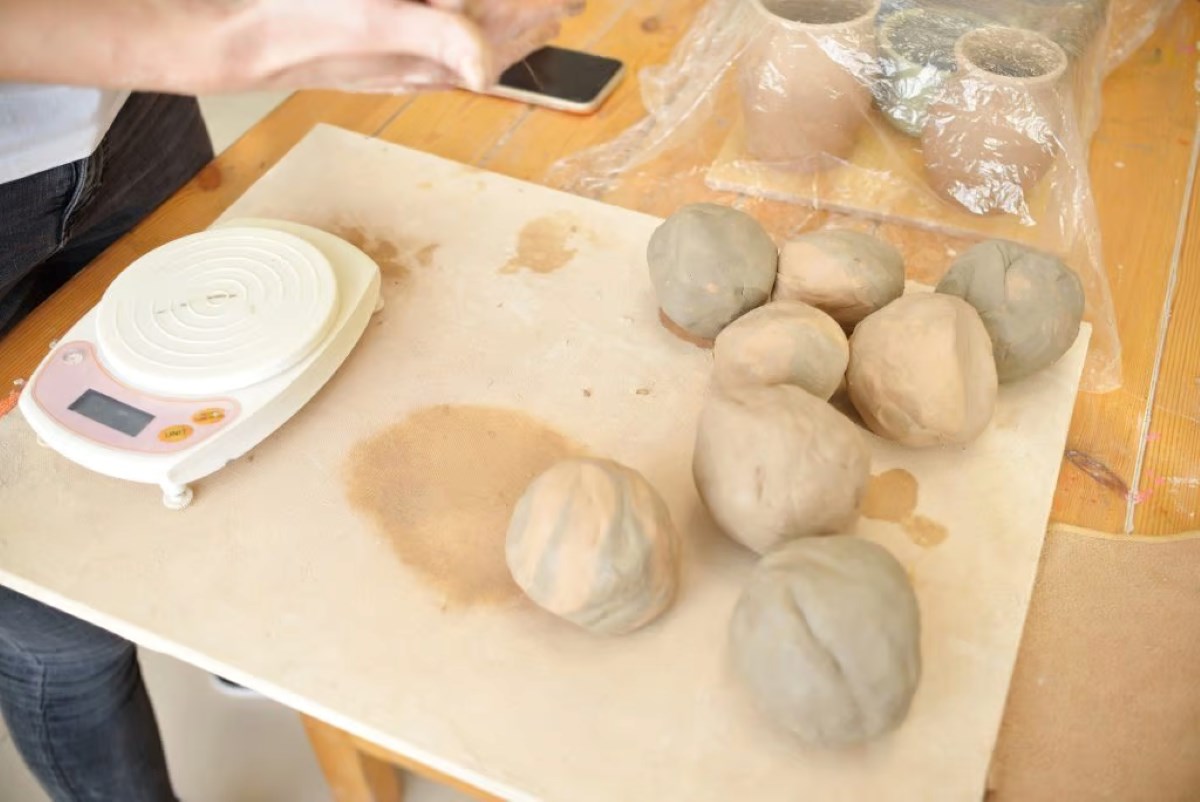
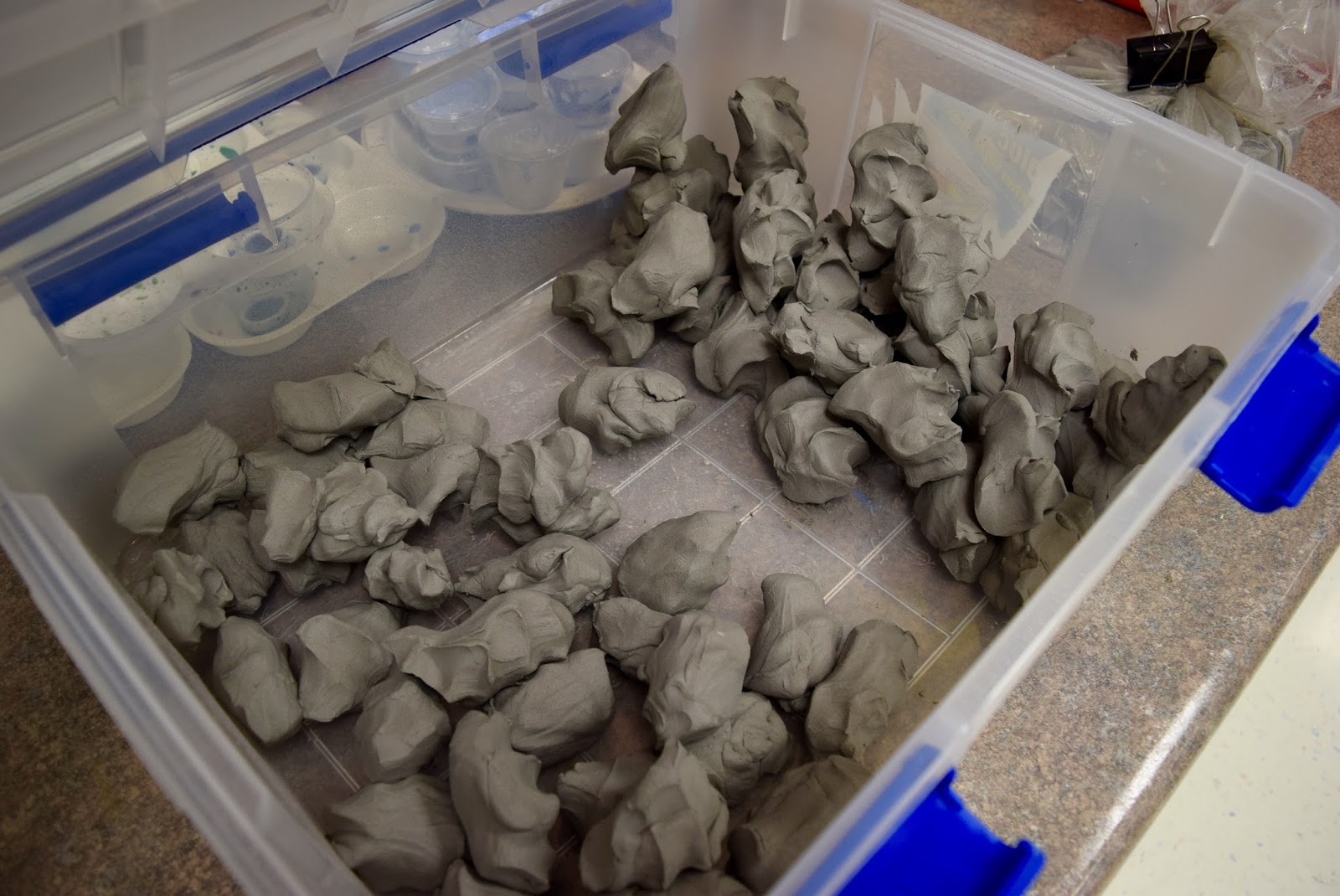
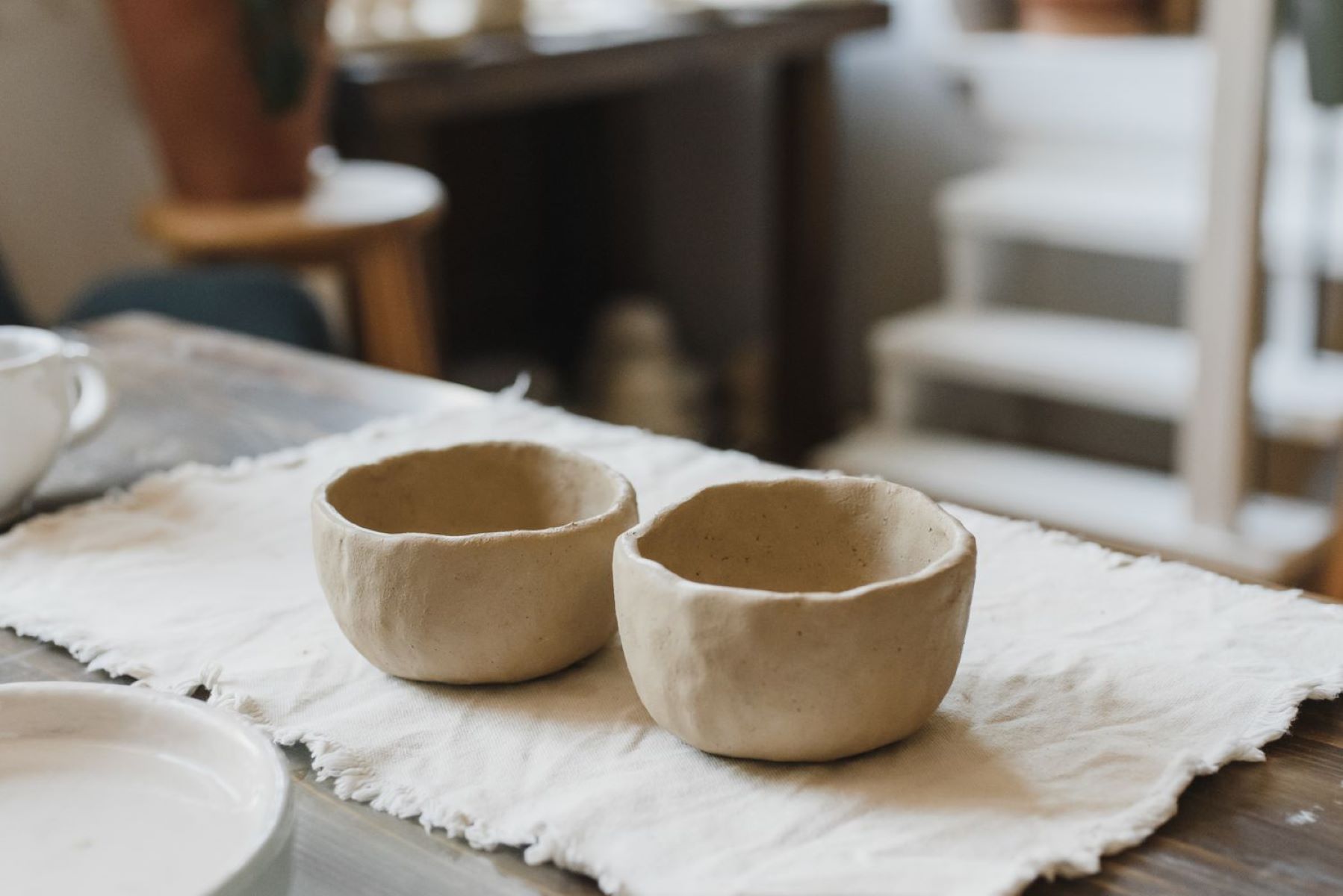
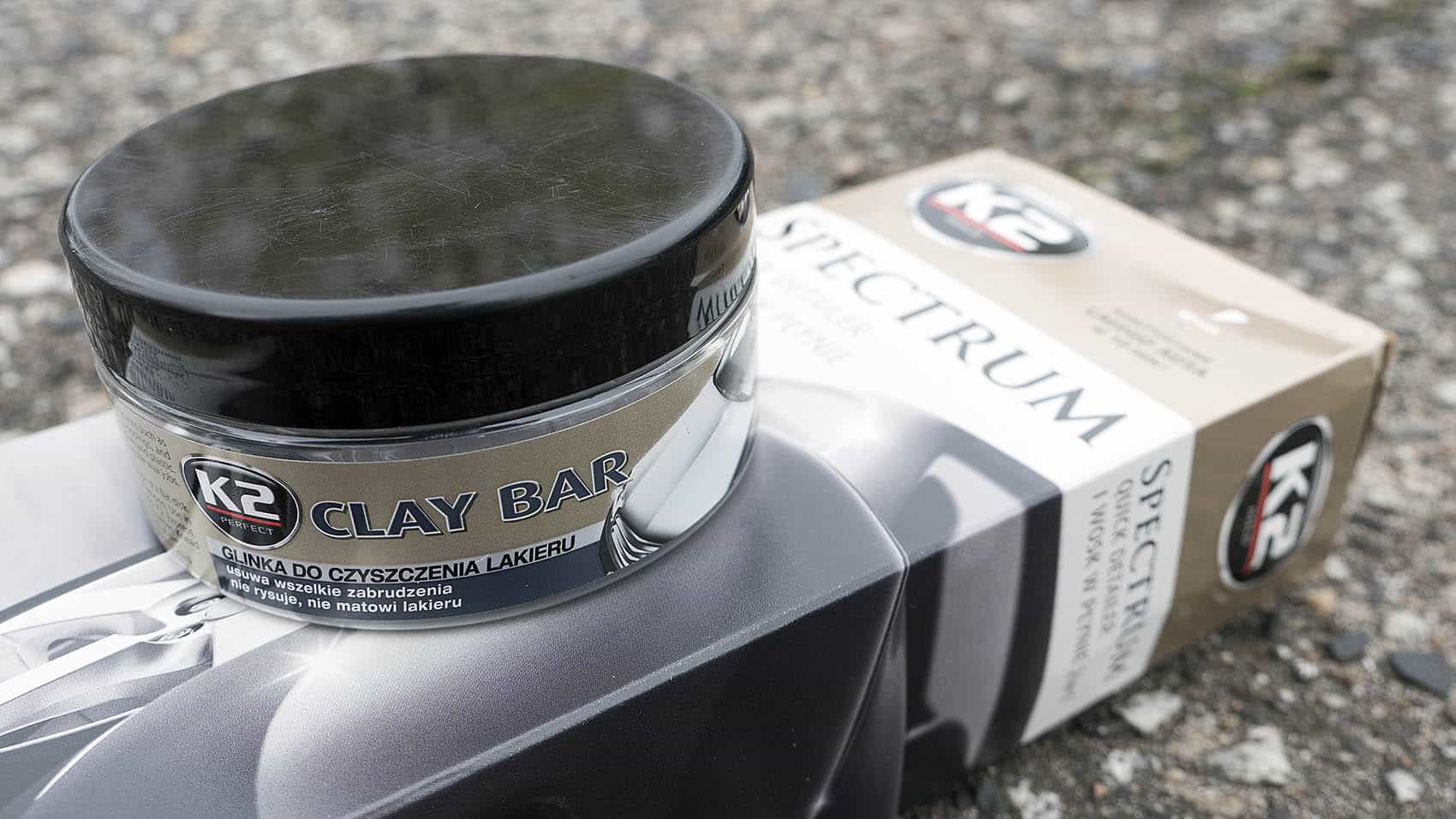
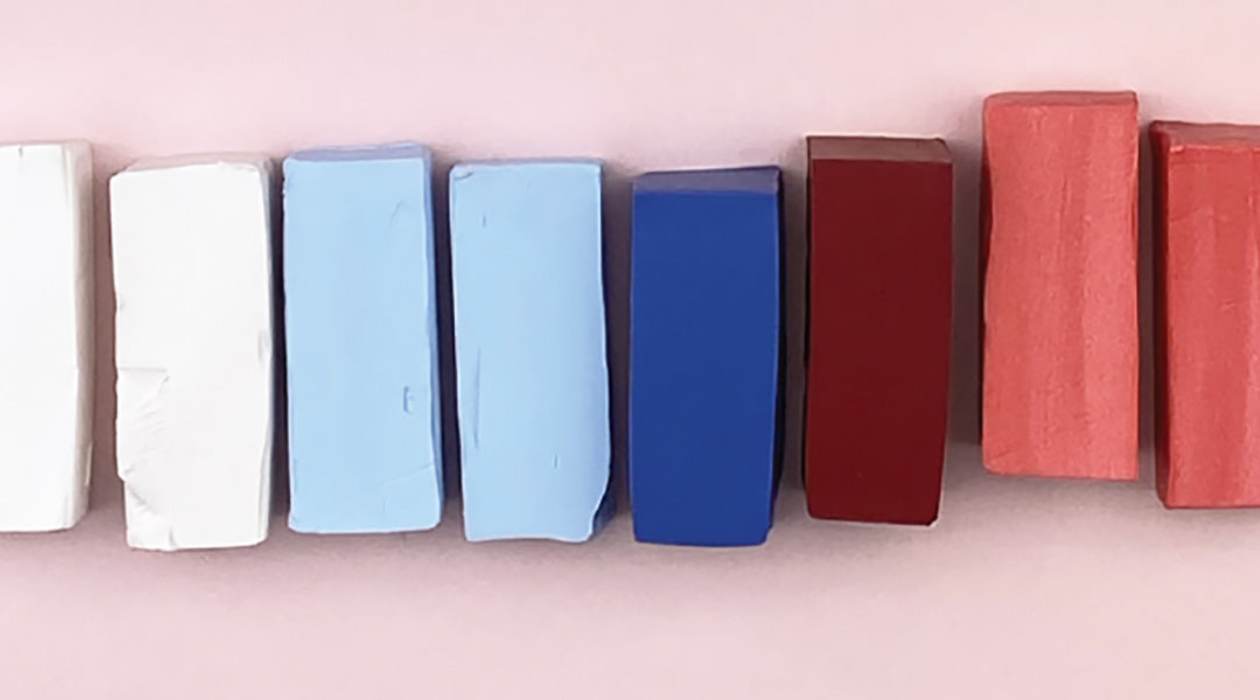
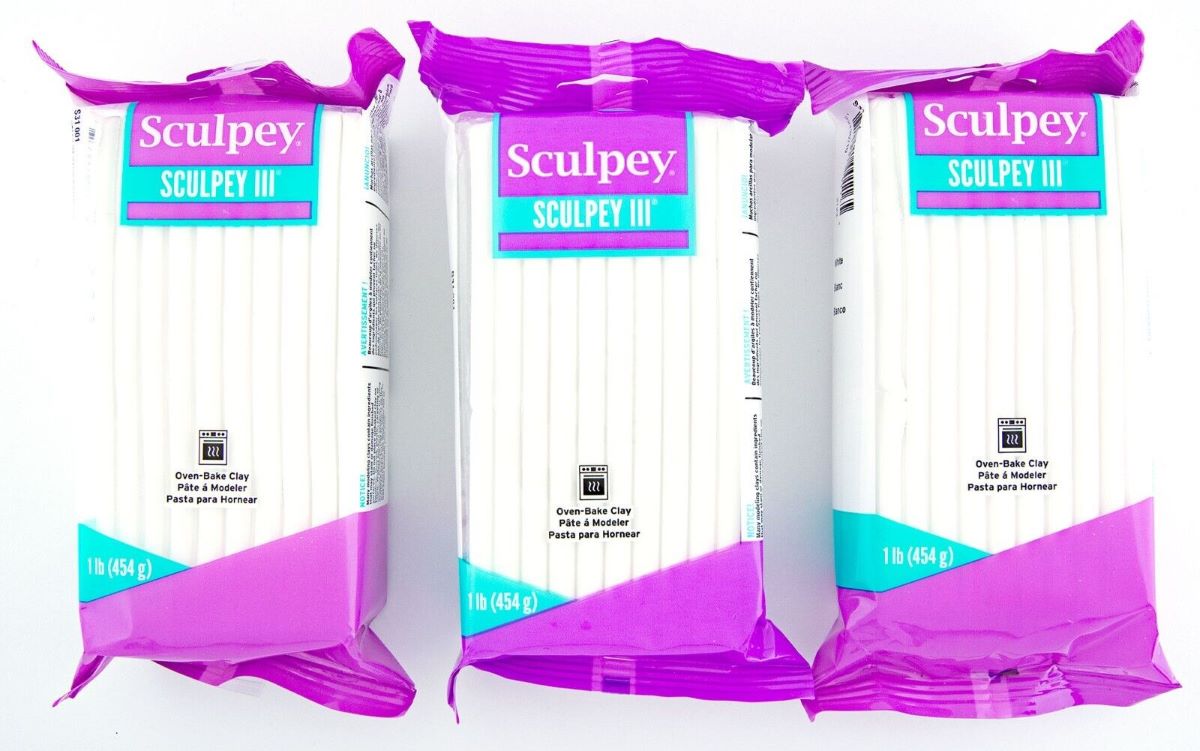
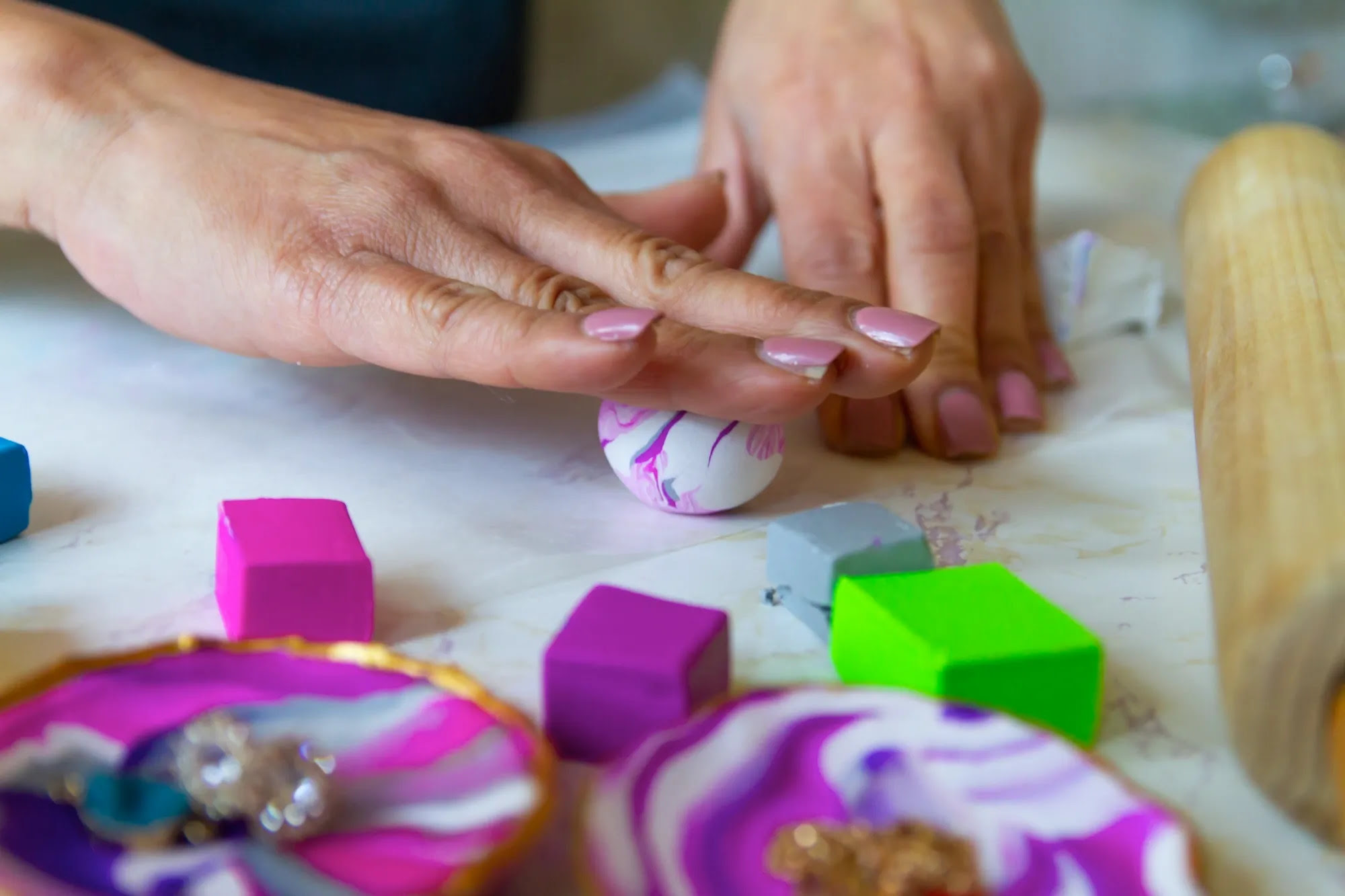
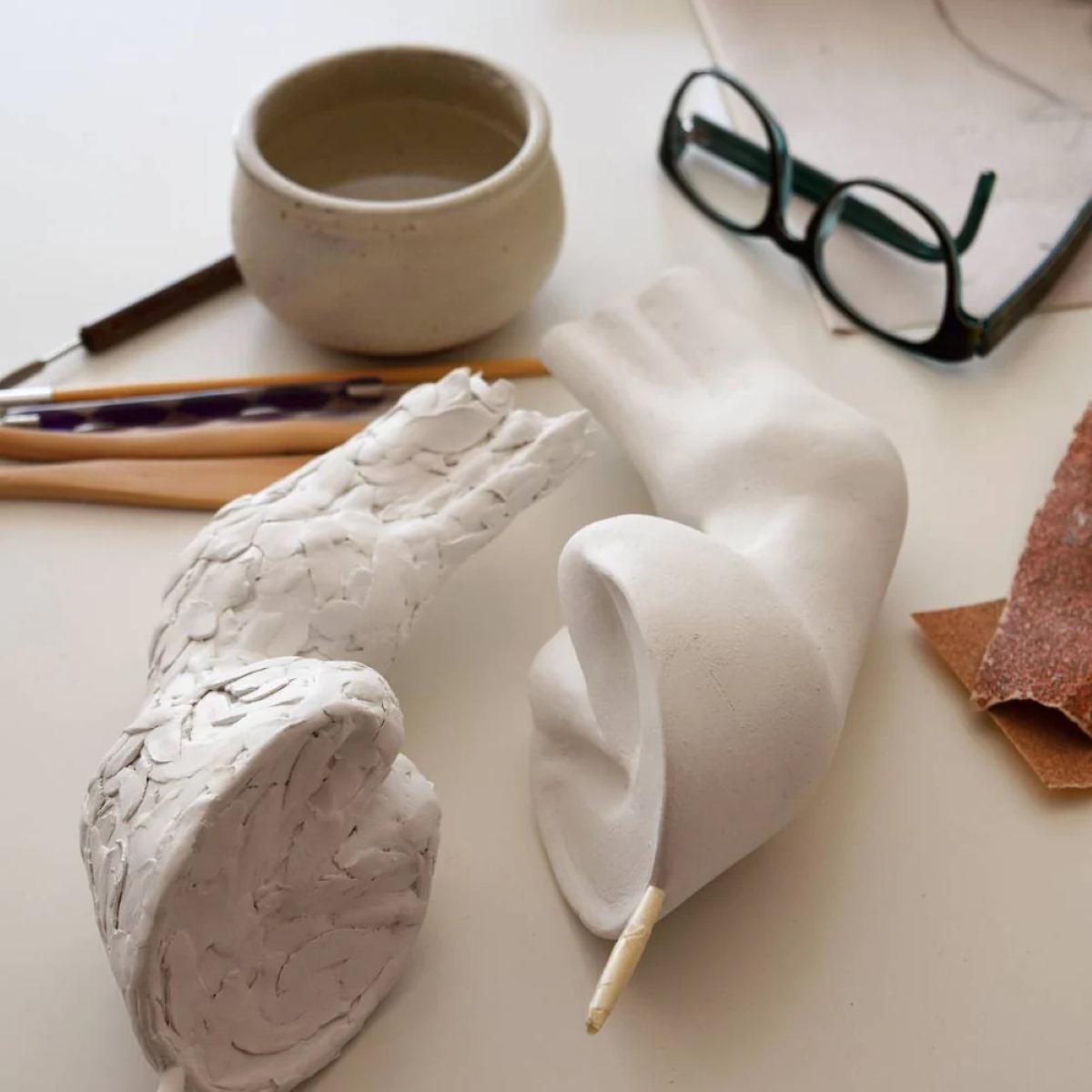
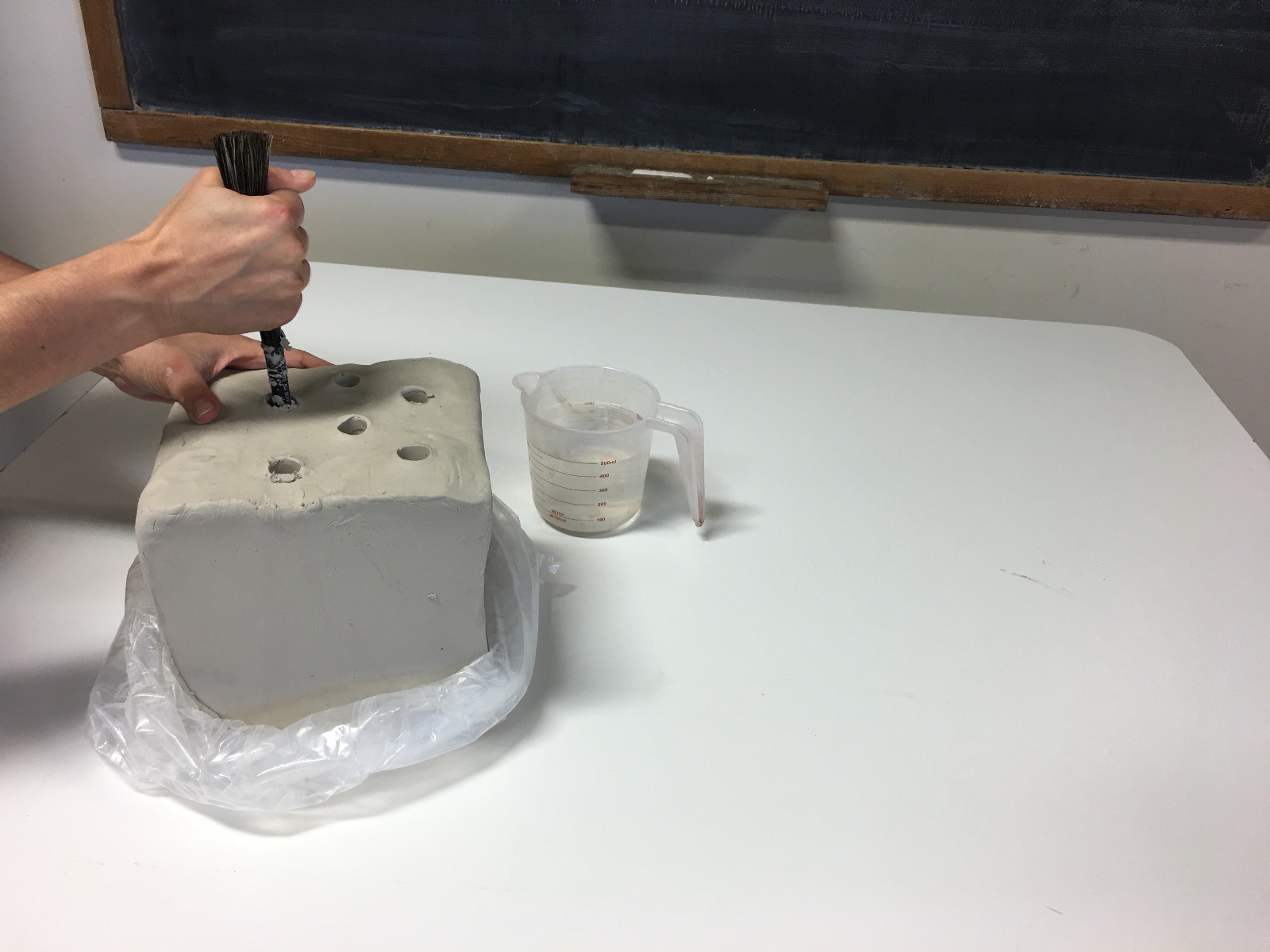
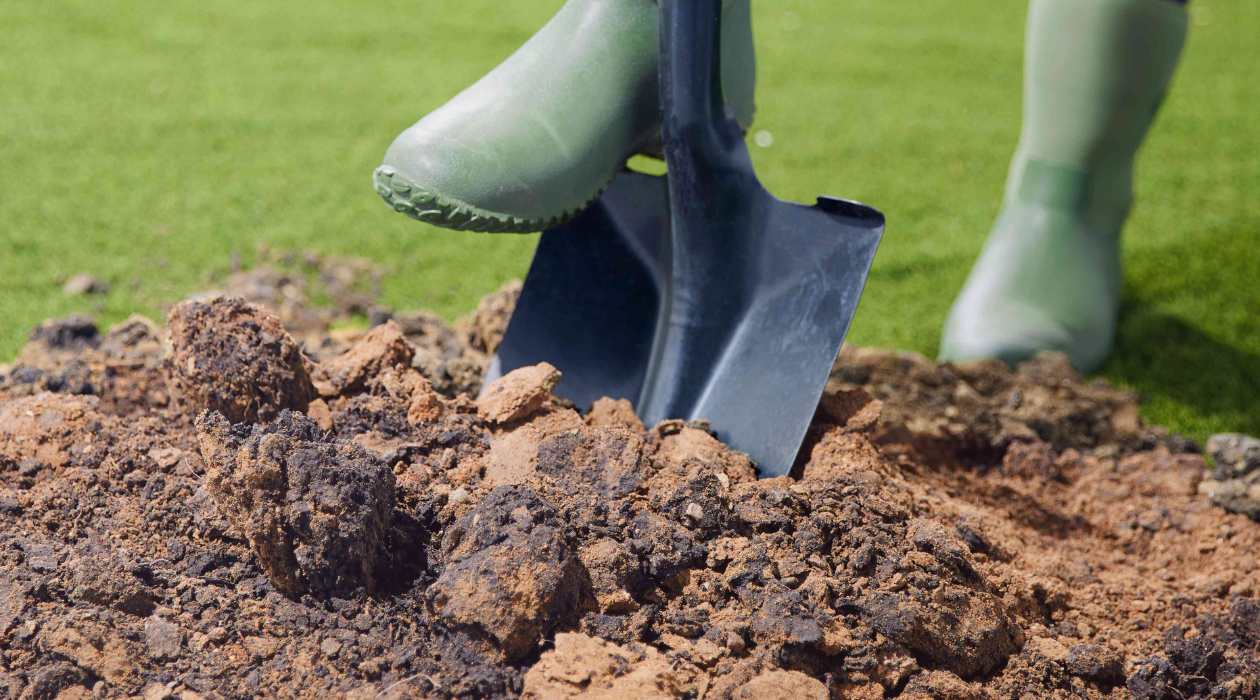
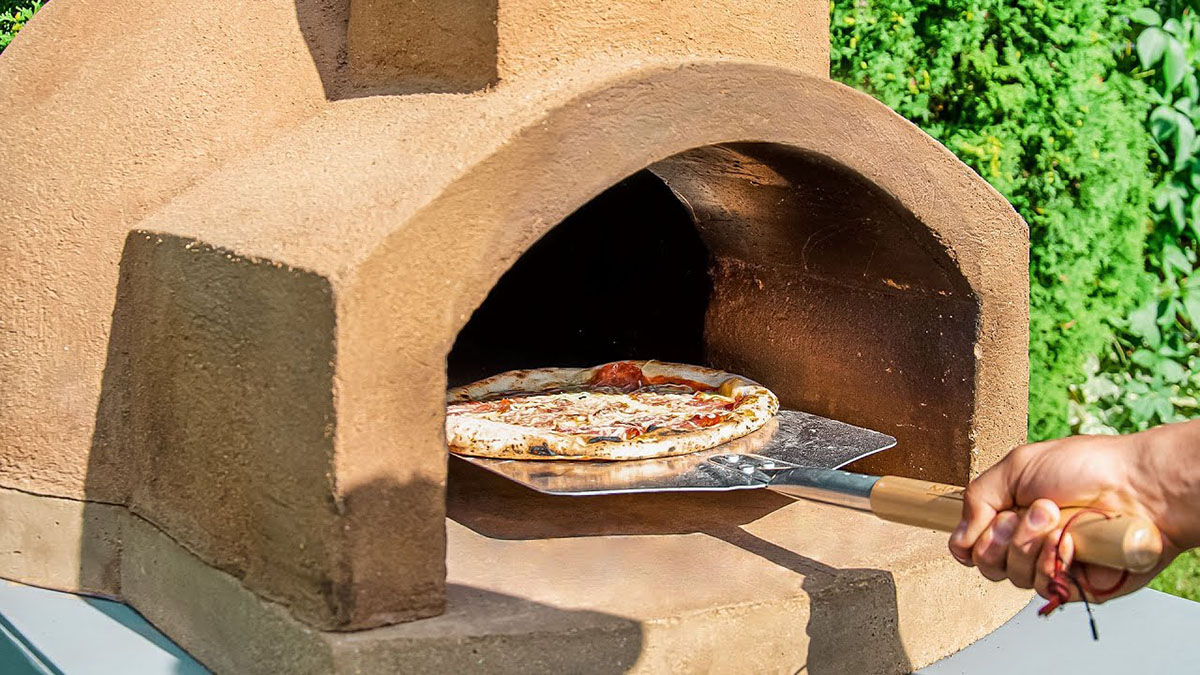
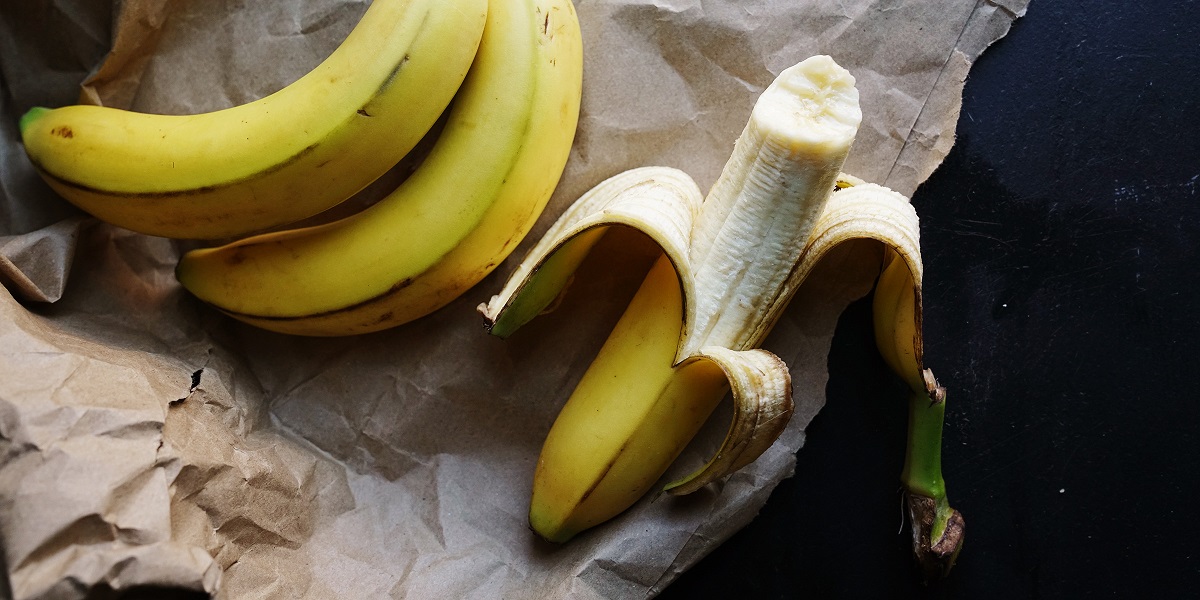

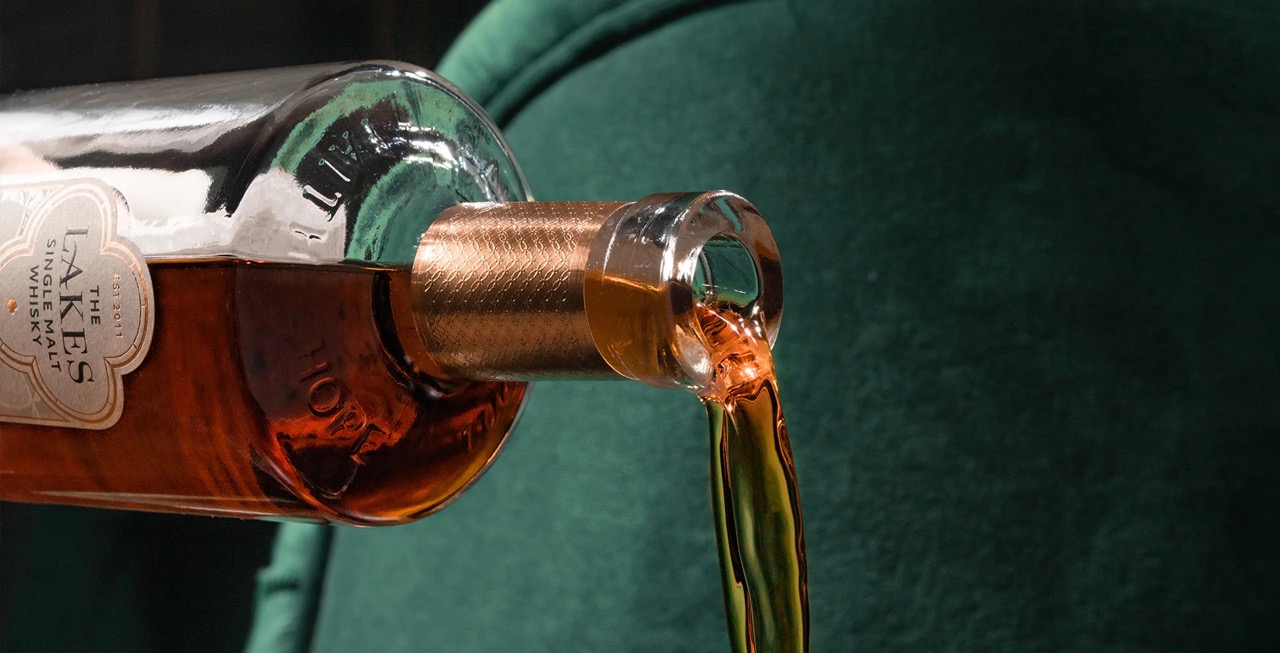

0 thoughts on “How To Store Opened Polymer Clay”